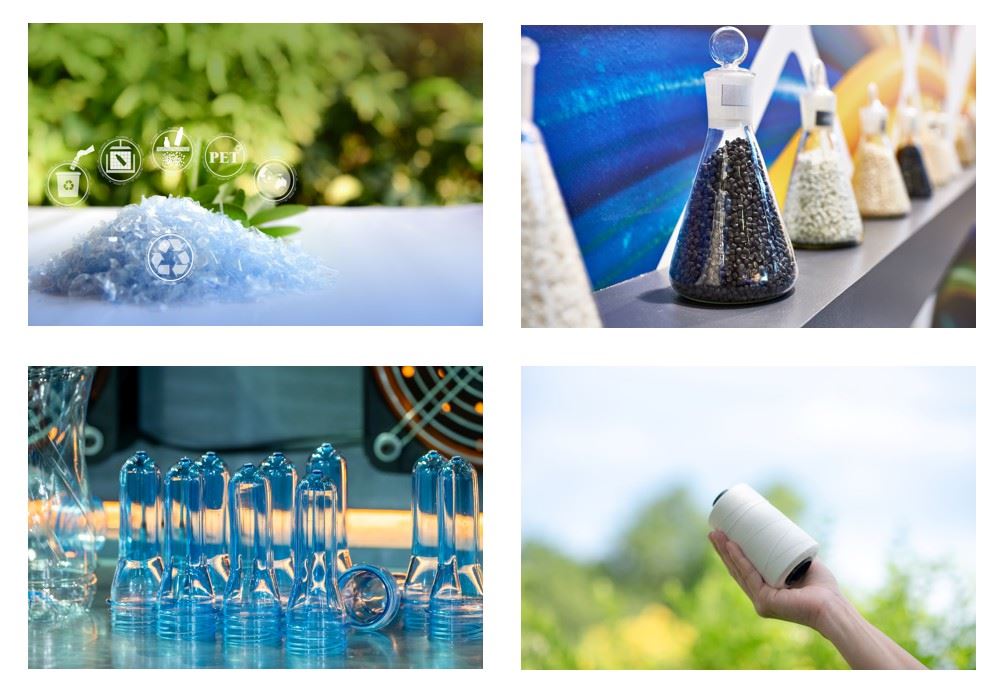Introduction
Acrylic monomers are basically colorless or yellowish transparent liquids, most of which are soluble in various organic solvents such as ethanol, ether and acetone, etc., but only a small part of acrylic monomers could soluble in water. Acrylic monomers need to be stored away from light, and most monomers are stable for at least six months. Nonetheless, it is recommended to add a polymerization inhibitor during storage. It should be noted that the fumes from some acrylic monomers are irritating to the eyes and nasal mucosa, and are corrosive and irritating to the skin when in contact.

Generally, acrylic monomers can be divided into monofunctional and multifunctional acrylic monomers according to the number of functional groups they have. Monofunctional acrylic monomers are the most widely used, mainly including acrylic acid, methyl acrylate, ethyl acrylate, butyl acrylate, iso-bornyl acrylate, iso-octyl acrylate, 2-hydroxy ethyl acrylate, 2-ethylhexyl acrylate, 2-hydroxy propyl acrylate, etc. Multifunctional acrylic monomers mainly including 1,3-butanediol di-acrylate, zinc di-acrylate, tri-methylol propane triacrylate, ethylene glycol dimethacrylate, etc.
Application
Acrylic monomers can be homopolymerized and copolymerized due to the generality of double bonds and active chemical properties. Therefore, acrylic monomers are widely used as an important organic chemical.
For example, the hydrogens at the α and β positions of acrylic acid are easily substituted, and its carboxyl group can generate esters, amides, acid chlorides, acid anhydrides, and so on. The resins produced by acrylic acid polymerization can be used in pharmaceutical, leather, textile, papermaking, chemical fiber, rubber, building materials, plastics, packaging materials, water treatment, oil extraction and other industries.

- Synthetic Acrylic Emulsion
Acrylic acid, methyl acrylate, butyl acrylate, iso-octyl acrylate and other acrylic monomers can be used to synthesize acrylic emulsions, which are used for interior and exterior wall latex paints, textile coatings, and latex coatings.
- Synthetic Optical Materials
Acrylic monomers such as tri-methylol propane triacrylate have good compatibility with acrylic prepolymers and can be used as reactive diluents in UV and EB radiation crosslinking. Meanwhile, it is widely used in light curing ink and surface coating.
Butyl acrylate and 2-hydroxy ethyl acrylate can be used to synthesize pressure-sensitive adhesives such as label paper adhesives, sealing adhesives, medical pressure-sensitive adhesives. Isobornyl methacrylate can be used in synthetic anaerobic adhesives for nut locking, washers, material adhesives. Ethylene glycol dimethacrylate can be used to synthesize structural adhesives for the electronics industry.
If you are interested in our acrylic monomers, please contact us immediately!


 Acrylamide
Acrylamide
 Acrylate-Difunctional
Acrylate-Difunctional
 Acrylate-Monofunctional
Acrylate-Monofunctional
 Acrylate-Multifunctional
Acrylate-Multifunctional
 Acrylic acid
Acrylic acid
 Fluorescent Acrylic Monomers
Fluorescent Acrylic Monomers














